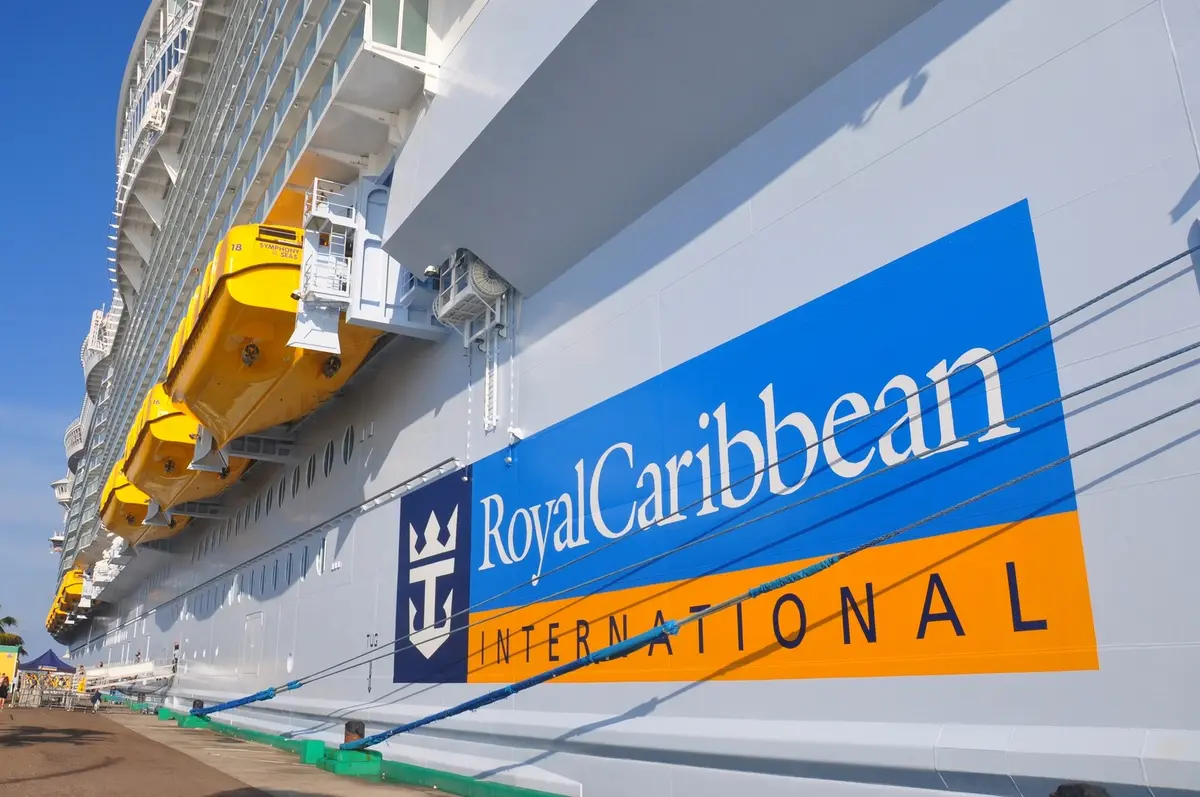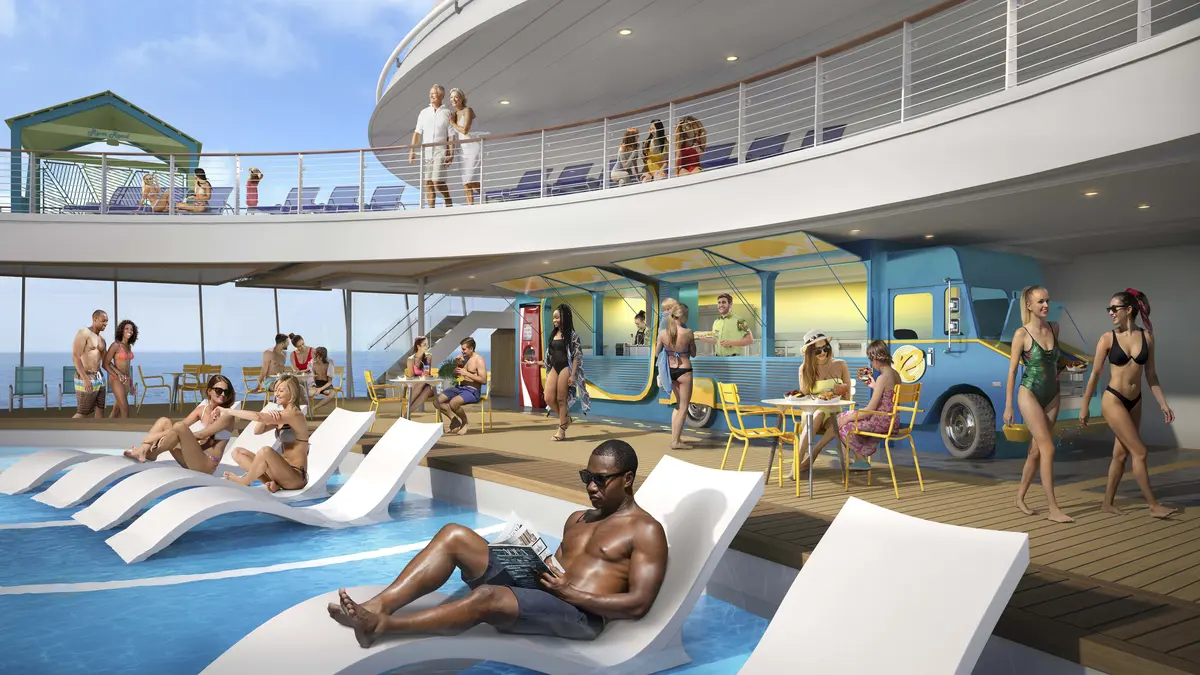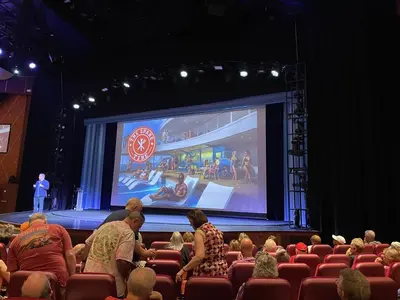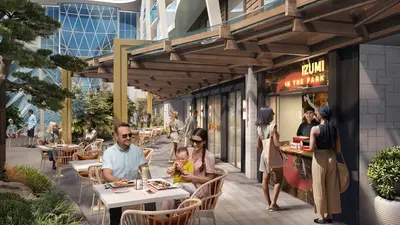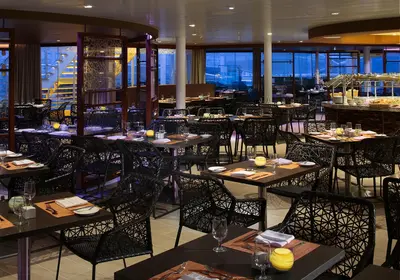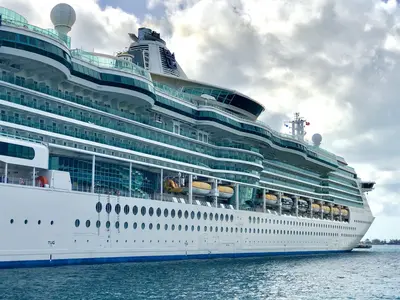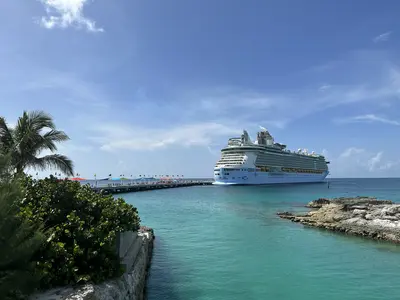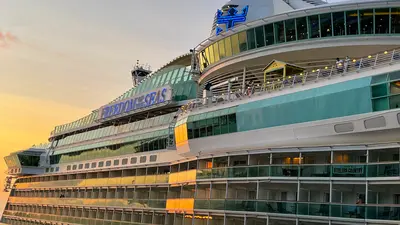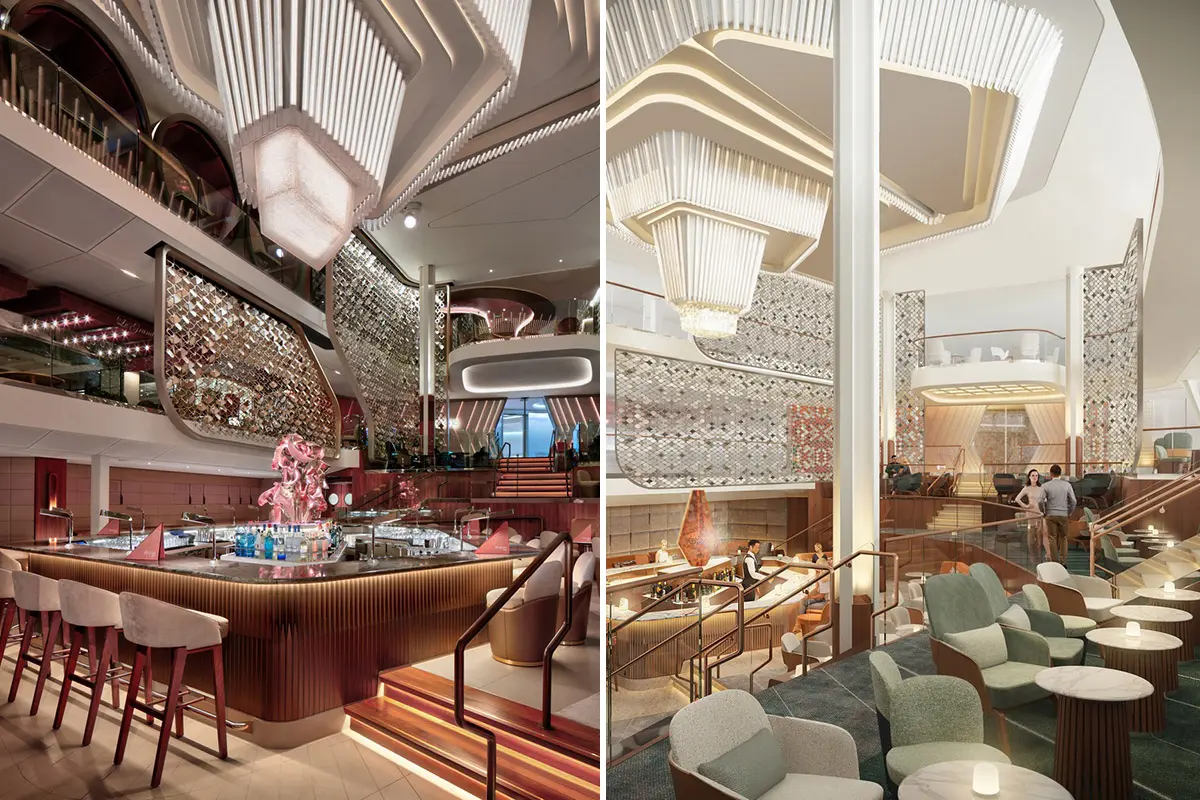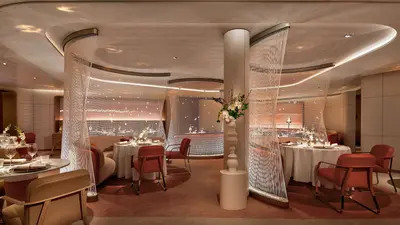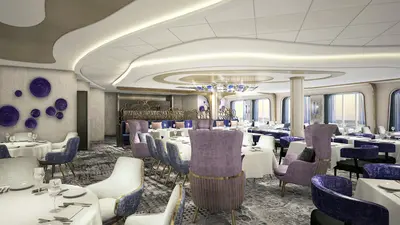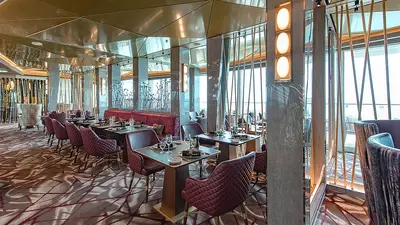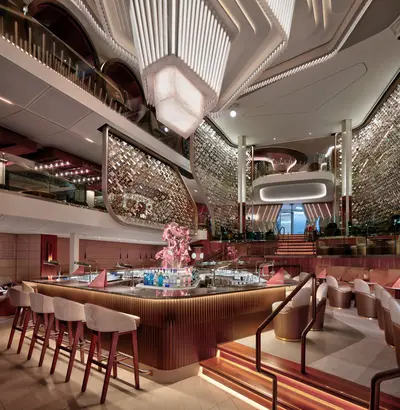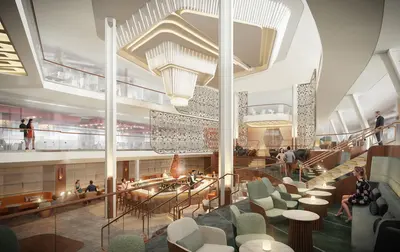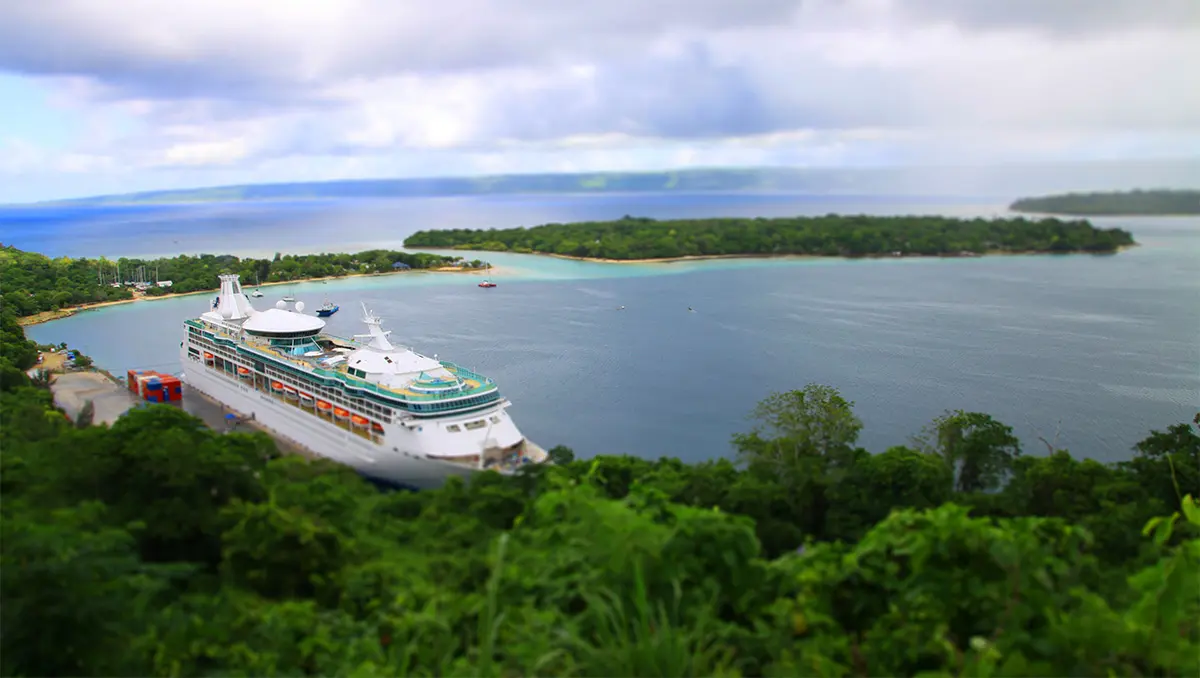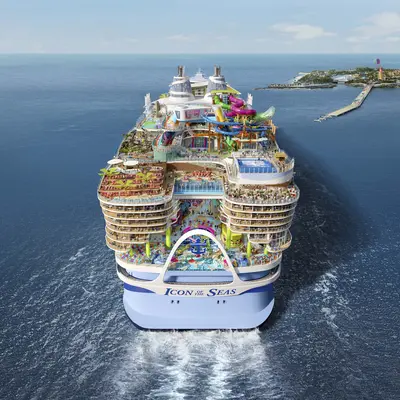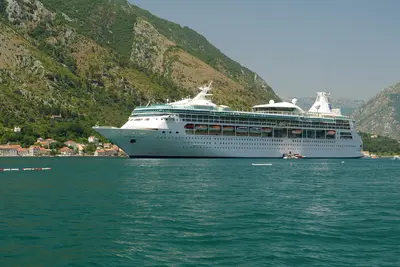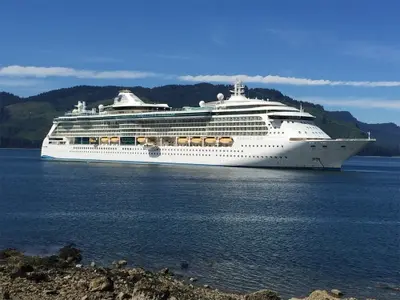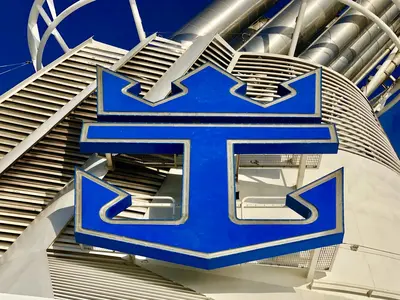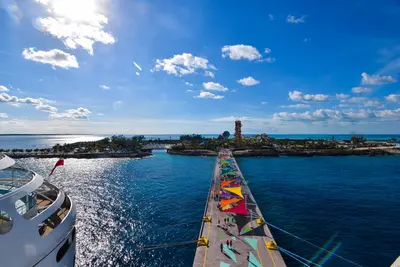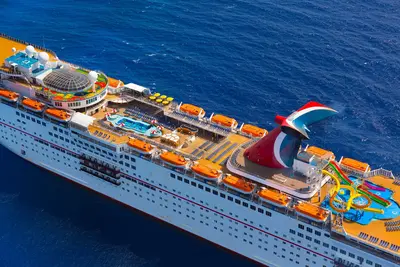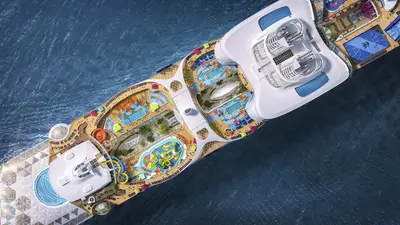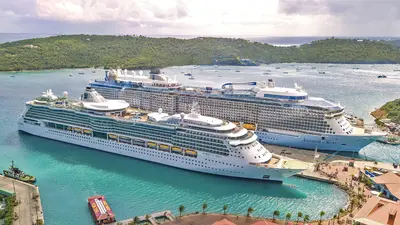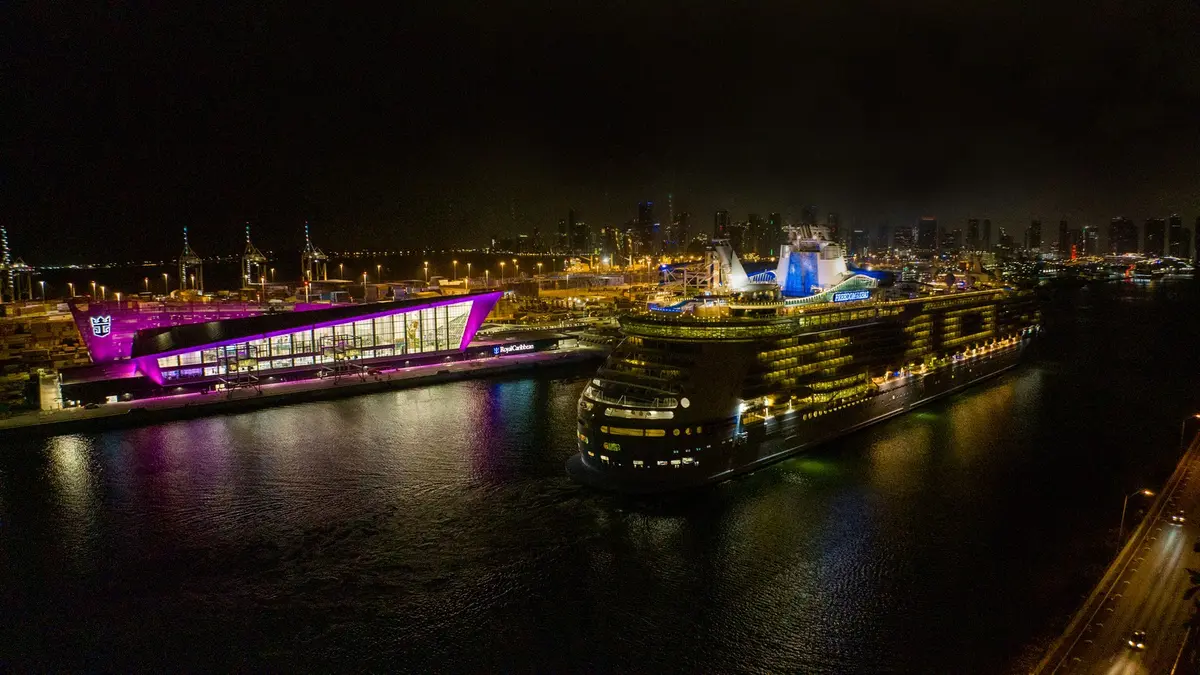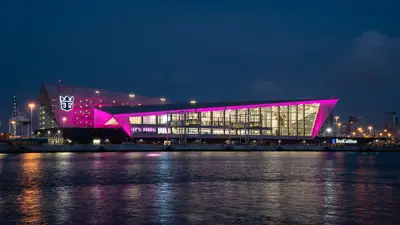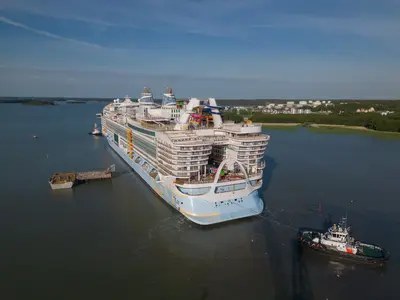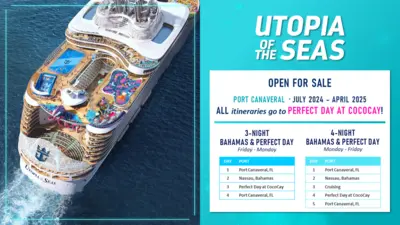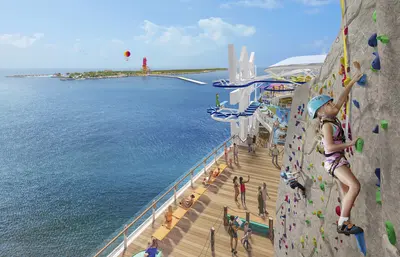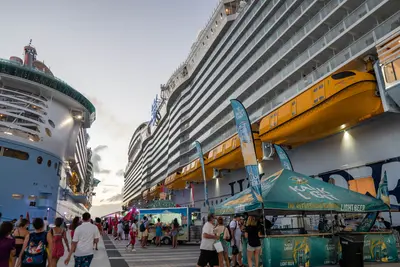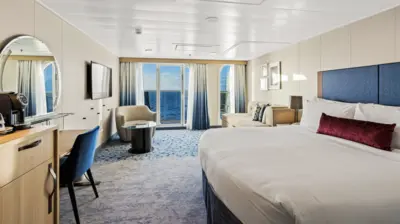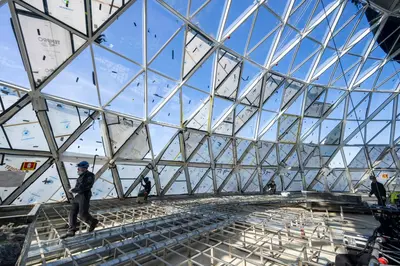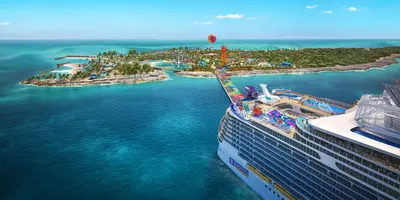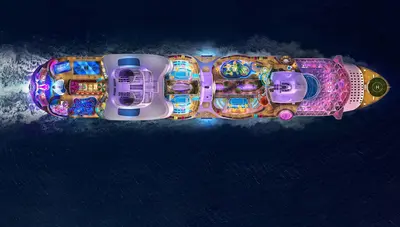Could Royal Caribbean be looking to restart cruise ship upgrades again in 2024?
In:After having to pause its cruise ship upgrade program in 2020, Royal Caribbean hinted they're re-thinking those improvements.

In 2018, the Royal Amplified program was announced to bring new enhancements to the Oasis, Freedom and Voyager Class cruise ships.
Many cruise ships received upgrades, but a number of vessels did not because the cruise industry shutdown in 2020 and the company had to shore up its finances by cutting costs.
The company hasn't announced a resumption of those upgrades, but executives tip-toed around the idea they might spend more on ship upgrades on vessels that missed their upgrades in 2020 and 2021.
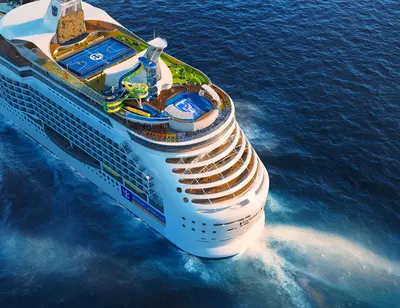
During Royal Caribbean Group's second quarter earnings call with investors, Chief Financial Officer Naftali Holtz talked about an increase in spend on dry docks next year as it relates to costs.
"We are now in the planning process obviously for '24 and we're considering all the the dry docks that we we need to do next year. And that could be more elevated than than than this year, which obviously will will impact some of the costs and a little bit on the yield."
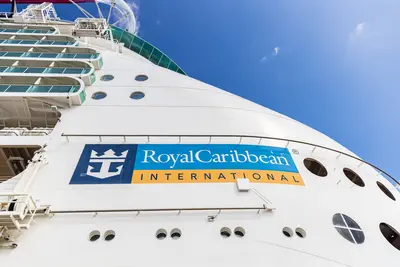
That alone wasn't much of a hint, but then Royal Caribbean Group CEO Jason Liberty jumped in with an additional comment that seemed to point in the direction of more upgrades.
"The elevation on the dry dock is just a reflection of ships that came out of Covid that had missed those windows. And so it will be a little bit more elevated in 2024."
Mr. Liberty did not refer to the Royal Amplified program by name, but he certainly talked about the ships that missed their opportunity to get enhancements. This would likely refer to possibly four ships:
- Explorer of the Seas
- Allure of the Seas
- Liberty of the Seas
- Adventure of the Seas
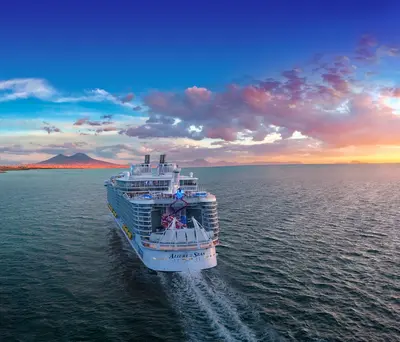
Allure of the Seas was scheduled to undergo a 58-day, $165 million transformation that would have added new features, including the Ultimate Abyss, the tallest slide at sea; The Perfect Storm trio of waterslides, completely redesigned Adventure Ocean kids and teens spaces, the first Giovanni’s Italian Kitchen & Wine Bar, and Music Hall.
Similarly, Explorer of the Seas was planning to get a $110 million amplification that would have added a number of changes from bow to stern.
Specific upgrades were never announced for Liberty or Adventure.
The important takeaway for guests is Royal Caribbean may finally be reconsidering finishing those upgrades.
Why amplified cruise ships matter
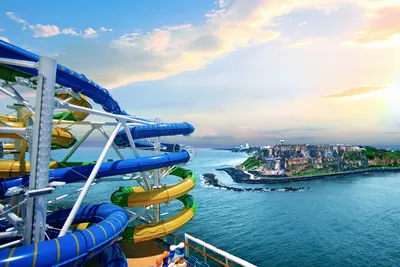
In comparing cruise ships that were amplified versus those that were not, there is a noticeable experience difference.
The purpose of upgrading these ships was to add back in features and amenities newer cruise ships already had so that the guest experience was more consistent and enjoyable across the fleet.
Amplified ships drove up revenue as a result of higher guest satisfaction with the changes.
In 2019, former Royal Caribbean Group CEO Richard Fain talked about how lucrative the changes were, "Our vessel modernization program is driving strong results. These upgrades are expensive, but our guests love them and reward us accordingly."
What Royal Caribbean changed on other ships
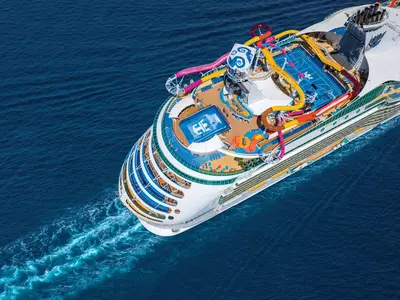
It remains to be seen what changes ships going into drydock in 2024 would get, but other ships that were upgraded ended up with quite a number of features.
Royal Caribbean did not apply the same changes to all the ships that were upgraded between 2018 and 2020. It seemed the cruise line took an opportunity with each ship to look at what features and changes would most benefit that particular vessel.
Read more: What was added to each Royal Caribbean ship during its Royal Amplified refurbishment
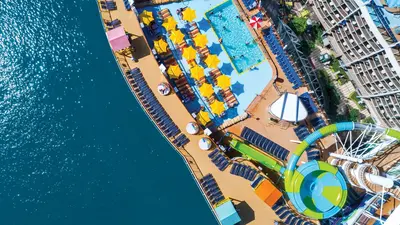
The program focused on three key areas:
- Pool deck & attractions
- Bars & nightlife
- Dining
Depending on the ship, there could be new specialty dining added, revamp of the pool deck, new water slides, or completely new retail venues added.
Water slides were one feature every ship received as part of its upgrades. Royal Caribbean adopted water slides as a must-have feature on its ships in recent years. In fact, they managed to add water slides to Explorer of the Seas as part of a regularly scheduled dry dock earlier this year.



